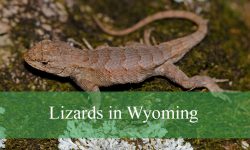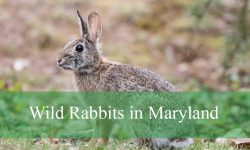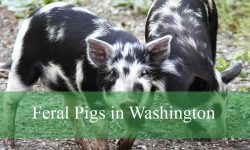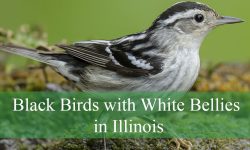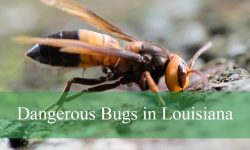Wyoming is renowned for its vast open landscapes, sweeping grasslands, and diverse wildlife. Among the many fascinating animals that inhabit this rugged terrain, the pronghorn stands out as a true icon of the American West. Known for their incredible speed and distinctive appearance, pronghorns (Antilocapra americana) are one of Wyoming’s most unique and remarkable wildlife species. They have evolved remarkable adaptations to survive and thrive in the wide-open spaces of the state’s sagebrush plains and grasslands.
In this comprehensive article, we explore every aspect of pronghorns in Wyoming, from their physical characteristics and behavior to their habitat, reproduction, and conservation. By understanding these remarkable creatures better, we gain insight into the natural heritage of Wyoming and the importance of preserving its wild landscapes.
Introduction to Pronghorns in Wyoming
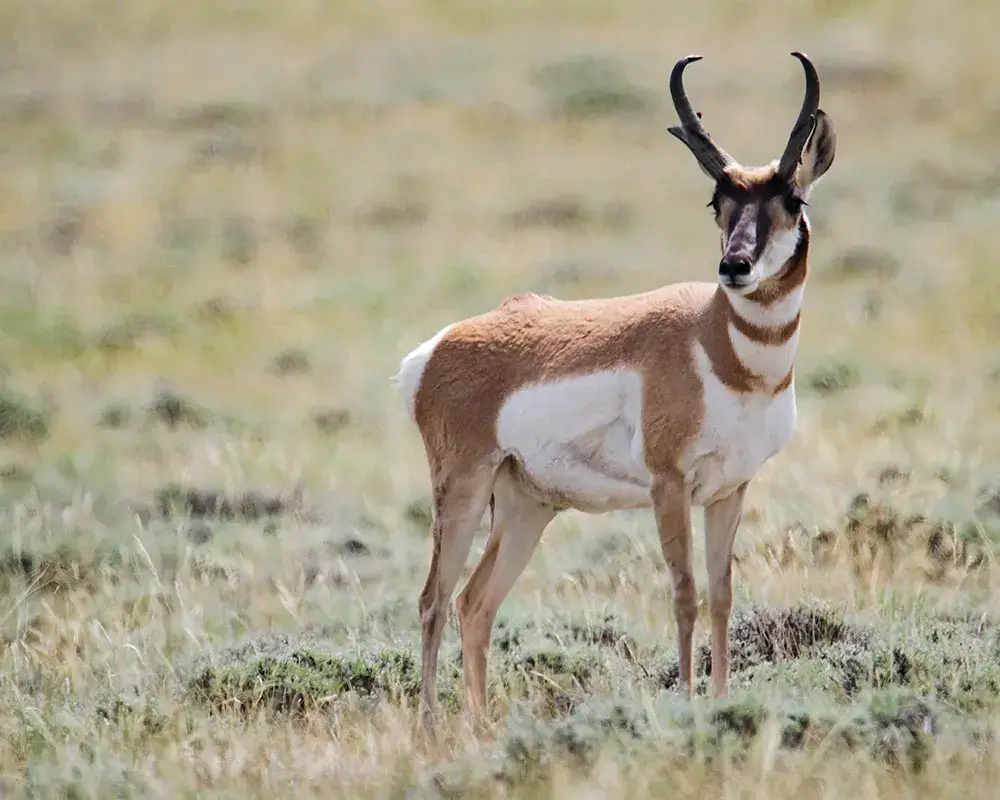
Pronghorns are often mistakenly referred to as antelope, but they are actually a distinct species native to North America and the only surviving members of the family Antilocapridae. Wyoming’s expansive prairies and arid landscapes provide an ideal environment for pronghorns, where their speed and keen senses help them avoid predators and harsh conditions.
Historically, pronghorns ranged widely across western North America, and Wyoming remains one of the strongholds for this species. Their ability to run at speeds of up to 60 miles per hour makes them not only the fastest land mammals in North America but also among the fastest in the world. This incredible speed, combined with excellent eyesight and stamina, has helped them survive in a habitat with few places to hide.
Physical Characteristics and Identification
Pronghorns have a unique and unmistakable appearance that differentiates them from other ungulates in North America. Adult pronghorns typically weigh between 90 and 150 pounds, with males larger and more robust than females. They possess slender bodies with long, graceful legs built for speed and endurance.
Their coat color changes seasonally, ranging from a reddish-brown or tawny hue during the summer to a duller grayish shade in winter, helping them blend with the changing landscape. The underside of their bodies, including their throat, belly, and rump, is predominantly white. Notably, their rump patch is very prominent and often flares up when they are alarmed, serving as a visual warning signal to other pronghorns.
One of the most distinguishing features of pronghorns is their horns. Unlike true antelope, pronghorn horns consist of a permanent bony core covered by a keratinous sheath that they shed and regrow annually. Each horn curves backward and forks, creating a distinctive prong. Males have larger and more pronounced horns that they use for defense and during rutting season to assert dominance. Females may have small, sometimes barely visible horns or none at all.
Their large, dark eyes are positioned high on the sides of the head, granting pronghorns a wide field of vision—nearly 320 degrees—which allows them to detect predators at great distances. Their excellent eyesight is a critical survival adaptation in the open and exposed habitats where hiding spots are limited.
Behavior and Social Structure
Pronghorns are highly social animals, usually forming groups that fluctuate in size depending on the time of year and environmental conditions. During much of the year, pronghorns gather in herds consisting of both males and females, sometimes numbering in the dozens or even hundreds. Group living provides enhanced vigilance against predators because many individuals can keep watch.
During the late summer and early fall, pronghorn social behavior changes dramatically due to the rut, or breeding season. Males become territorial and fiercely competitive. Bucks engage in displays of dominance that include horn clashes, threat postures, and vocalizations. They establish and defend territories to attract females and keep rivals away. These territorial behaviors can become quite intense as males seek to maximize their breeding opportunities.
Outside the rut, pronghorns revert to more relaxed groupings. Females often form nursery groups where they collectively care for and protect their young. This cooperative behavior improves the survival chances of newborn fawns by increasing the overall vigilance and protection of the group.
Pronghorns are exceptionally alert and rely on flight as their primary defense. When threatened, they flee with incredible speed and stamina. Unlike many prey species that rely on camouflage or hiding, pronghorns use their extraordinary running ability to escape predators.
Habitat and Range in Wyoming
Pronghorns inhabit a range of open and semi-open habitats in Wyoming, with a preference for sagebrush-steppe, grasslands, and foothill regions. These habitats provide the open visibility pronghorns need to detect threats early and the vegetation required for food.
The broad expanses of Wyoming’s sagebrush plains and grasslands are ideal for pronghorn survival. Areas such as the Red Desert, Bighorn Basin, and parts of the Powder River Basin are known strongholds for pronghorn populations due to the abundance of suitable habitat.
Pronghorns exhibit seasonal movements and migrations to access the best food and shelter throughout the year. During the summer months, they spread out more widely in search of lush forage. In contrast, winter often drives pronghorns to lower elevations or areas with less snow accumulation, allowing them better access to food and easier movement.
Due to their reliance on open terrain, pronghorns are particularly sensitive to habitat fragmentation caused by fences, roads, and human development. Such barriers can disrupt migration routes and seasonal movements, posing significant challenges to their survival.
Diet and Feeding Habits
Pronghorns are herbivores with a diet well adapted to the dry and often harsh environments of Wyoming. Their food primarily consists of sagebrush, grasses, forbs, and other low-lying shrubs.
Sagebrush forms a crucial part of their diet, especially during winter when other plant sources are scarce. Pronghorns have specialized digestive systems that enable them to efficiently process the tough, fibrous leaves of sagebrush and extract necessary nutrients.
In the spring and summer, pronghorns diversify their diet by consuming a variety of grasses and flowering plants that offer higher protein and moisture content. This seasonal diet shift helps them meet the nutritional demands of reproduction and growth.
Unlike deer and elk, pronghorns rarely browse on trees or consume bark, focusing instead on low vegetation. Their selective feeding helps maintain the balance of sagebrush and grassland ecosystems by controlling plant growth and promoting biodiversity.
Reproduction and Life Cycle
The breeding season for pronghorns, known as the rut, generally takes place between late August and early October. During this period, males become highly competitive and territorial. Bucks establish and defend territories by engaging in aggressive displays and fights with other males. The dominant males then mate with receptive females within their territories.
Following mating, females undergo a gestation period of about 225 days, roughly seven and a half months. Most females give birth to one or two fawns in late spring or early summer, typically around May or June.
Fawns are born with spotted coats that provide camouflage against the grass and shrubbery. They are precocious and able to stand and move shortly after birth, an essential adaptation that helps them avoid predators.
During the first weeks of life, fawns remain hidden in dense vegetation while their mothers forage nearby. As they grow stronger, fawns gradually begin to join nursery groups where several females collectively watch over and protect their young.
By the time fall arrives, young pronghorns begin to forage independently and prepare for the challenges of their first winter. Sexual maturity is usually reached by the second year, allowing them to join adult herds and eventually participate in breeding.
Predators and Threats to Pronghorns in Wyoming
Pronghorn fawns face significant predation pressure, especially during their first few weeks of life. Coyotes are the primary predators of fawns in Wyoming, often preying on the young when they are most vulnerable. Bobcats, mountain lions, and golden eagles may also prey on fawns, contributing to their mortality.
Adult pronghorns have few natural predators due to their speed and alertness, but mountain lions do occasionally take adult pronghorns. Because pronghorns rely on running rather than hiding, they are less likely to be ambushed but must constantly remain vigilant.
Human activities introduce additional threats. Habitat fragmentation caused by roads, fences, and urban development restricts pronghorn movements and migration routes. Fences in particular pose a barrier since pronghorns cannot easily jump over them and often must crawl underneath, increasing the risk of injury or entrapment.
Vehicle collisions are another major cause of mortality in pronghorns, particularly in areas where highways intersect traditional movement corridors.
Ecological Role of Pronghorns in Wyoming
Pronghorns play an important role in Wyoming’s ecosystems. By feeding on sagebrush and grasses, they influence plant community dynamics and help maintain the health and diversity of grassland and shrubland habitats. Their selective grazing prevents any one plant species from dominating and allows a variety of species to thrive.
As prey species, pronghorns provide essential food resources for carnivores such as coyotes and mountain lions. Their presence supports the complex food webs and predator-prey relationships that sustain Wyoming’s natural communities.
Moreover, pronghorns serve as indicator species for the health of sagebrush ecosystems, helping conservationists monitor environmental changes and the impacts of human development.
Human Interaction and Conservation Efforts
Humans have long interacted with pronghorns, from Indigenous peoples who relied on them for food and materials to modern wildlife enthusiasts and hunters who appreciate their unique place in Wyoming’s wilderness.
Today, wildlife agencies in Wyoming carefully manage pronghorn populations through controlled hunting seasons and habitat conservation programs. Monitoring efforts include population surveys and research into migration patterns and health.
Conservation initiatives focus on preserving migration corridors and minimizing human impacts such as fencing and vehicle traffic. Innovative fence designs that allow pronghorns to pass underneath help maintain connectivity across fragmented landscapes.
Public education campaigns promote coexistence and foster appreciation for pronghorns as valuable symbols of Wyoming’s wild heritage.
Interesting Facts About Wyoming’s Pronghorns
Pronghorns are capable of reaching speeds up to 60 miles per hour, allowing them to outrun nearly all predators. Their endurance is equally impressive, as they can maintain high speeds for long distances.
Despite being called antelope, pronghorns are unique to North America and represent a distinct evolutionary lineage with no close living relatives.
Their eyesight is extraordinary, with the ability to see up to four miles away and a nearly 320-degree field of vision. This allows them to spot threats early and respond swiftly.
Pronghorns display a distinctive gait that combines elements of galloping and pronking—a high, bounding leap that helps them navigate terrain and evade predators.
Their horns are shed and regrown annually, a rare trait among horned mammals.
Frequently Asked Questions About Pronghorns in Wyoming
Where are pronghorns most commonly found in Wyoming?
Pronghorns inhabit sagebrush steppe, grasslands, and foothills throughout much of Wyoming. Notable concentrations are found in the Red Desert, Bighorn Basin, and Powder River Basin regions where habitat conditions are ideal.
How fast can pronghorns run?
Pronghorns are the fastest land mammals in North America, capable of reaching speeds up to 60 miles per hour. They can sustain these high speeds longer than most predators.
Do pronghorns migrate seasonally?
Yes, many pronghorn populations migrate seasonally in Wyoming, moving to lower elevations or areas with less snow during winter and spreading out to forage in spring and summer.
Are pronghorns endangered?
Pronghorns are currently not considered endangered, but habitat loss, fragmentation, and human-related threats require ongoing conservation efforts to maintain healthy populations.
Can pronghorns jump fences?
Pronghorns have difficulty jumping fences due to their body structure. Instead, they typically crawl underneath fences or seek gaps, making fence design critical to allow safe passage.
Conclusion
Pronghorns are a remarkable species perfectly adapted to the open landscapes of Wyoming. Their incredible speed, sharp senses, and social behaviors make them one of the most fascinating mammals of the American West. Through conservation and thoughtful management, Wyoming continues to provide these animals with the habitat they need to survive and thrive.
Understanding the biology and ecology of pronghorns deepens our appreciation for Wyoming’s natural heritage and highlights the importance of protecting wild spaces for future generations to enjoy these spectacular creatures in their native environment.

